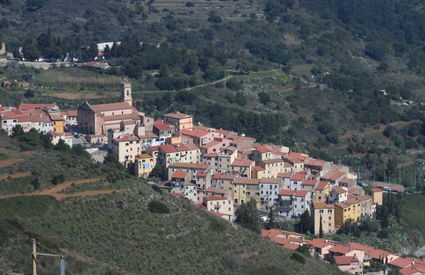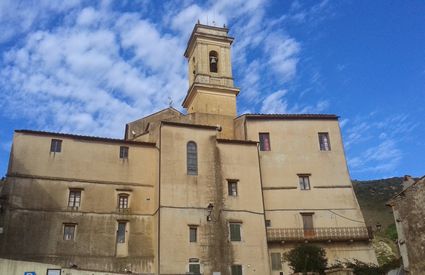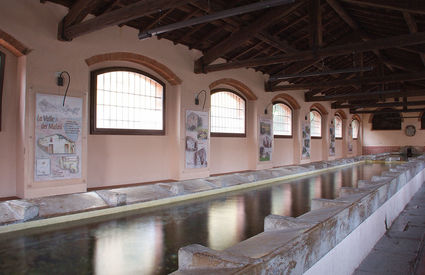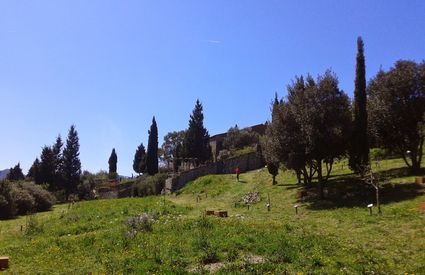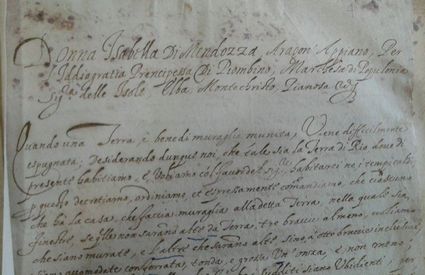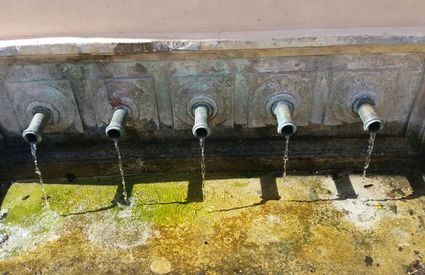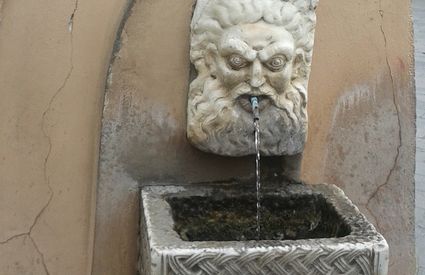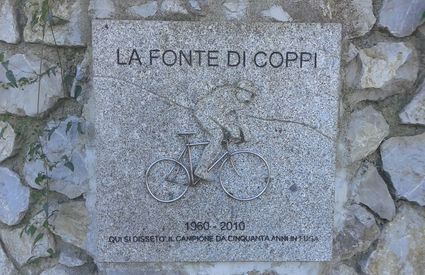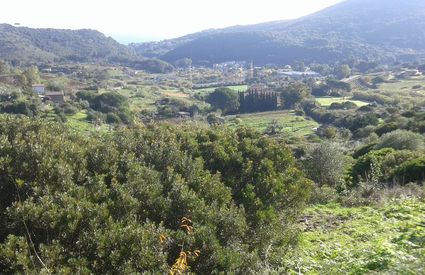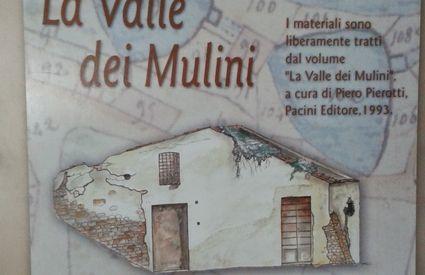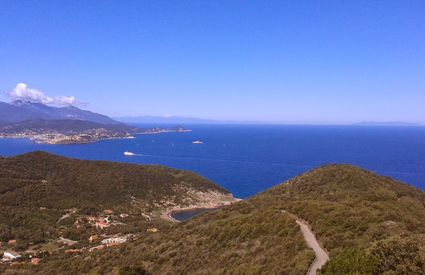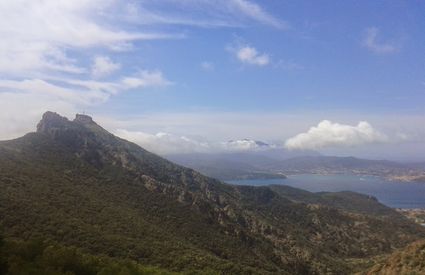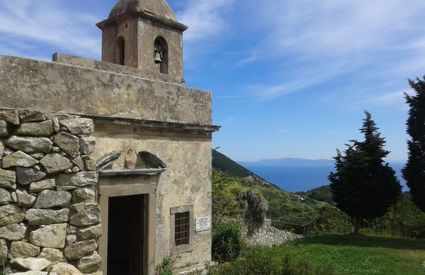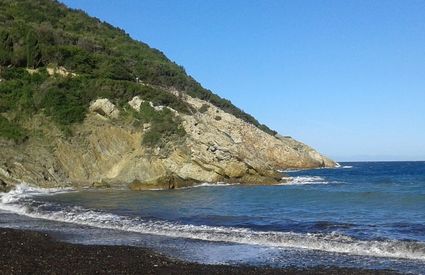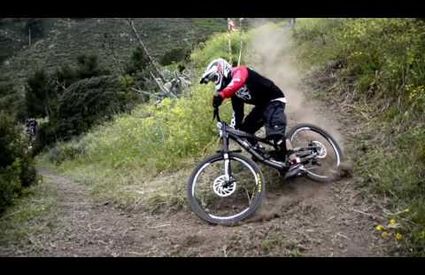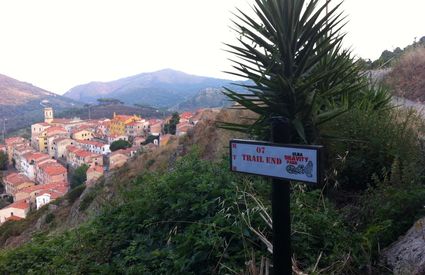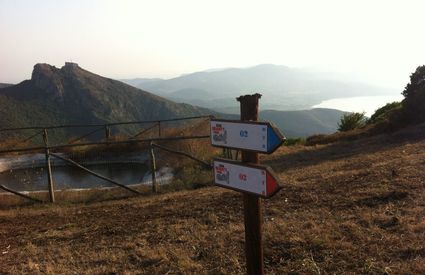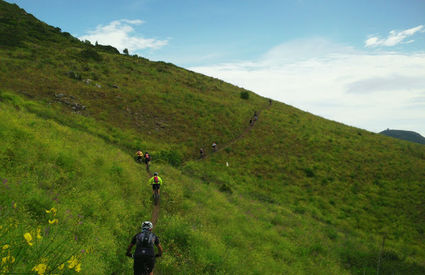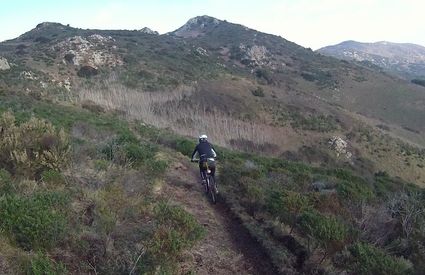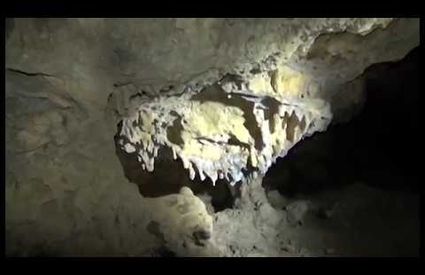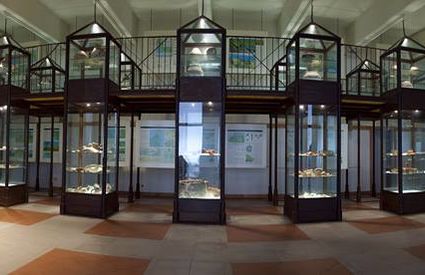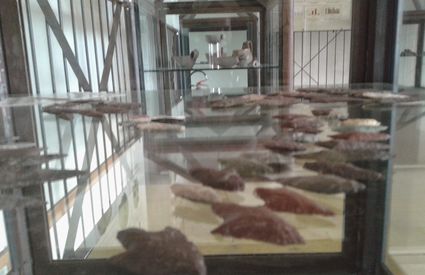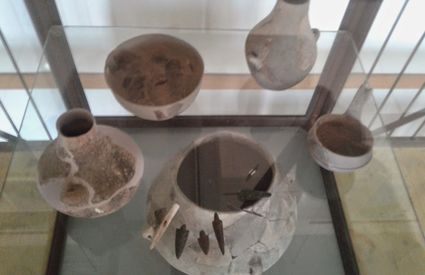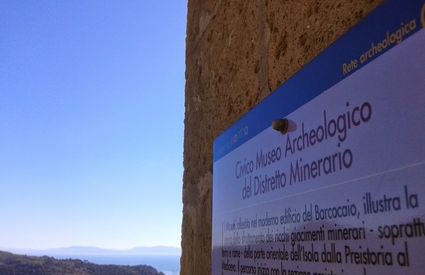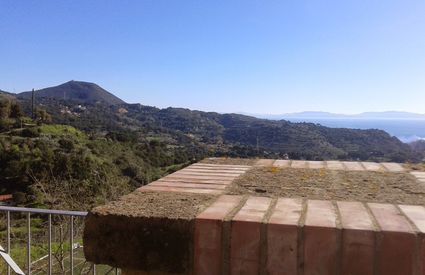Rio
A thousand-year history among nature and mines
From ancient Elbani to the “sanctuary” of biodiversity, to the “champion” Coppi Fountain
A thousand-year history among nature and mines
From ancient Elbani to the “sanctuary” of biodiversity, to the “champion” Coppi Fountain
Discovering Rio nell’Elba, a town rich in springs
The small village of Rio nell’Elba tells a thousand-year old story, tied to mines and nature that have made the area abundant with water. The Canali Spring and public Wash House are proof of this rich resource. The town takes its name from the Latin rivus, which means spring, stream, but also lode, vein, referring to minerals. A majority of the territory makes up part of the Arcipelago Toscano National Park and is home to one of the best places for appreciating biodiversity: the Orto dei Semplici Elbano, adjacent to the Santa Caterina d'Alessandria Sanctuary.
From the “Valley of the Mills” to the Fountain dedicated to Faus
The Canali Fountain still feeds the public Wash House today, where women would wash their clothes up until a few years ago. Historically, the spring brought water to more than 20 mills and irrigatedthe fields. The mills extended almost to the sea, forming the aptly-named Valle dei Mulini, or Valley of the Mills.
This historical-naturalist itinerary offers visitors the chance to admire the traces of this historical activity, while the Mulino della Vipera is still visible today. There are numerous springs and fountains throughout the territory, among which is the Coppi Fountain, outside the city center. It was named after Fausto Coppi because in the summer of 1956, during his vacation in Elba, he would pass by there every day while exercising to fill his water bottle with fresh water.
Where every season is a good one for walking in nature
The historical center of Rio nell’Elba is a true intersection of panoramic paths: visitors can climb Monte Strega and Monte Capannelo or go up to the ancient Volterraio Castle, recently restored. Walking in silence to the Santa Caterina Sanctuary, observing the view over the sea and the mines, is one of the most pleasant experiences. On the promontory between Nisporto and Nisportino is the 19th-century lodge for the Guardia di Sanità, once a watch point to protect the island from epidemics. Rio’s trails can be visited in any season, but from Spring to Autumn, it is also possible to visit the Casa del Parco “Franco Franchini”, where a guide from the Arcipelago Toscano National Park provides information on hiking trails and proposes free guided excursions. The Walking Festival is held in the Spring and Autumn.
Exploring Rio nell’Elba’s trails by mountain bike
For those who love mountain bikes, the trails in the Elba Gravity Park offer, without a doubt, major thrills. From them, riders can admire the unique views overlooking the sea and the history of the area.
Discover the ancient Elbani at the Archeological and Mining Muse
The oldest proof of a human settlement on this side of Elba is the grave goods from the Grotto di San Giuseppe, preserved in the Mining District Archeological Museum in Rio nell’Elba. In the 3rd millennium B.C, this community had a well-balanced nutrition composed of meat, fish, and vegetables. They worked copper, stones, and bones, and probably exchanged with other communities overseas, as some obsidian arrowheads might suggest, given obsidian is a volcanic stone not present in Elba.


